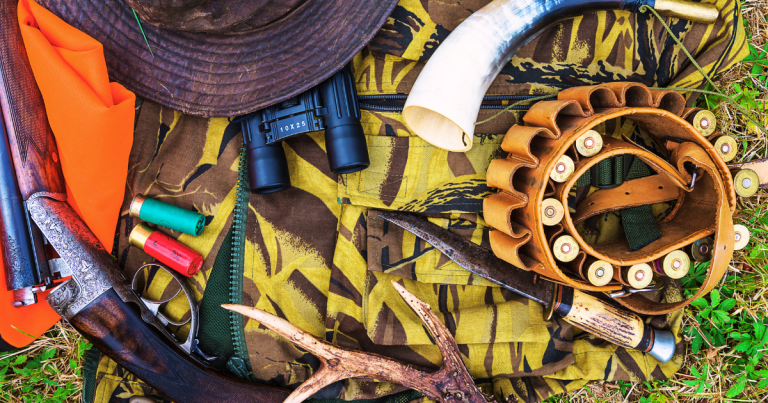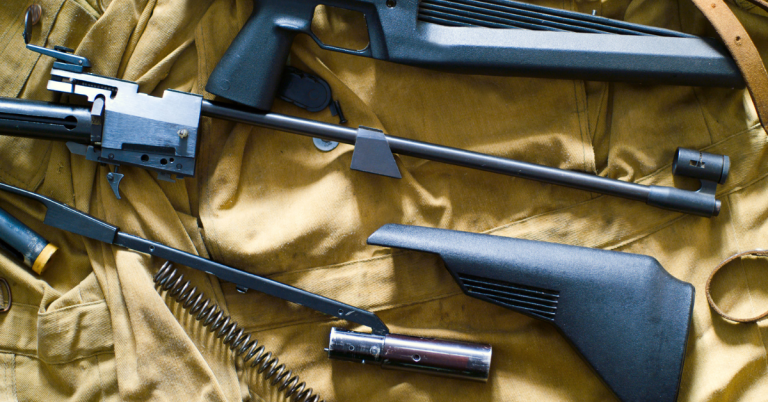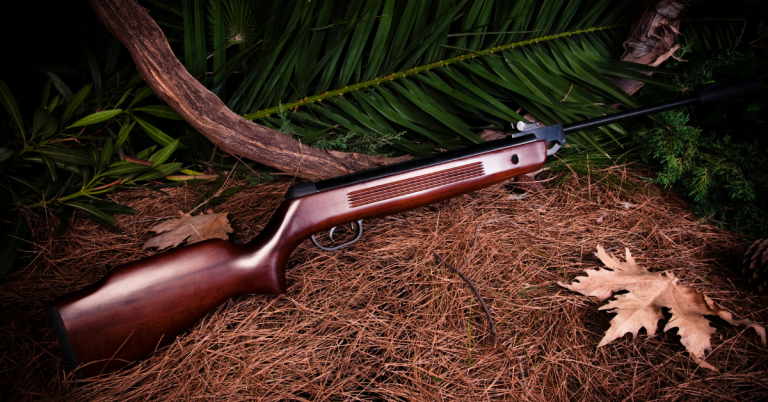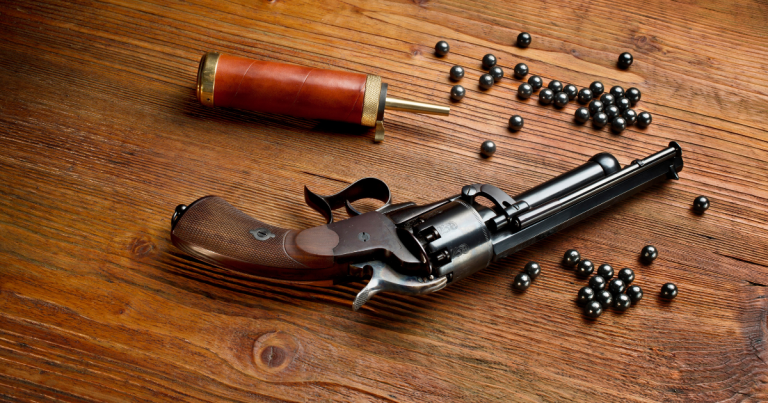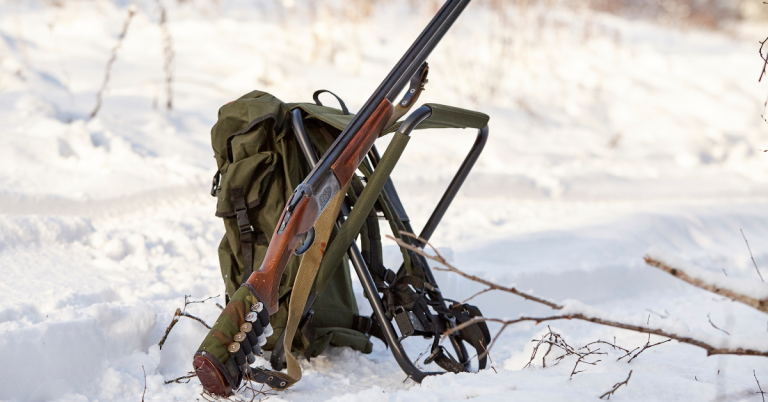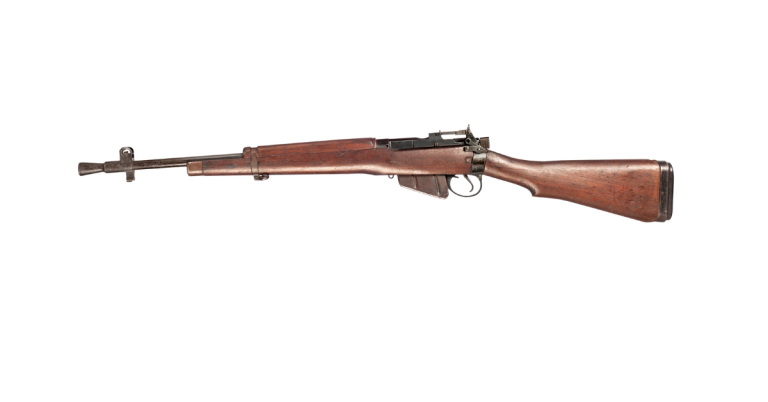How do air pistols work?
Air pistols are a fascinating blend of engineering and physics, offering a shooting experience that’s both challenging and rewarding. Unlike traditional firearms that use explosive propellants to fire a projectile, air pistols use compressed air or other gases to achieve the same effect. In this blog post, we’ll dive into the inner workings of air pistols and understand how they function.
The Basic Functioning of Air Pistols
At its core, an air pistol propels pellets or BBs out of the barrel using compressed air. The process begins with air being compressed within the main body of the pistol. When the trigger is pulled, this compressed air is released, causing the pellet or BB to be fired out of the barrel at high speeds.
Power Sources
Air pistols can use various power sources to generate the force required to propel the projectiles:
- Spring Piston: The most common type, where a spring is compressed when the gun is cocked. Upon pulling the trigger, the spring releases, pushing a piston forward and compressing air in front of it to fire the pellet.
- CO2 (Carbon Dioxide): CO2 air pistols use pressurized carbon dioxide from small cartridges. The CO2 is released when the trigger is pulled, propelling the pellet without the need for pumping.
- PCP (Pre-Charged Pneumatic): These air pistols have a reservoir filled with compressed air. They offer multiple shots with consistent power before needing a refill.
Loading Mechanisms
Air pistols come with different loading mechanisms:
- Break Barrel: The barrel is hinged and can be ‘broken’ to cock the gun and load a pellet directly into the breech.
- Magazine-Fed: Some models use a magazine that holds multiple pellets, allowing for quicker reloading and multiple shots.
Firing Process
Once the air pistol is cocked and loaded, the firing process involves:
- Trigger Pull: The trigger releases the compressed air or opens the valve for CO2 or PCP systems.
- Valve Operation: A valve opens, allowing the compressed air or gas to flow into the barrel.
- Pellet Propulsion: The pellet is pushed through the barrel by the expanding gas or the energy from the compressed air, exiting the barrel at high speed.
Safety Mechanisms
Air pistols are equipped with various safety mechanisms to prevent accidental firing, such as manual safeties, trigger safeties, and automatic safeties that engage when the gun is not in use.
Conclusion
Air pistols are a testament to human ingenuity, providing a safe and controlled shooting experience without the use of explosive propellants. Whether used for target practice, competition, or small game hunting, understanding how your air pistol works can enhance your appreciation for this precision instrument and improve your shooting technique.
Remember to always handle your air pistol responsibly, following all relevant laws, regulations, and safety guidelines. With proper care and understanding, your air pistol can provide years of shooting enjoyment.
FAQs
What are the legal considerations for owning and using an air pistol?
While air pistols don’t use explosive propellants, they are still subject to legal regulations which can vary by country and region. It’s important to check local laws regarding ownership, age restrictions, and whether a license or permit is required.
Can air pistols be used for self-defense, and are they effective?
Air pistols are primarily designed for target shooting and small game hunting. While they can be used for self-defense in some situations, their stopping power is significantly less than that of traditional firearms. Always prioritize safety and legality when considering an air pistol for self-defense.
How do I maintain and store my air pistol to ensure its longevity and safety?
Regular maintenance includes cleaning the barrel, checking seals and valves for leaks, and proper storage in a secure, dry place. Always engage safety mechanisms when not in use, and consider using a lockable case or safe.
What are the differences in accuracy and range between the different types of air pistols?
CO2 and PCP air pistols generally offer better consistency and accuracy due to their stable power sources. Spring piston air pistols may have more variation in power with each shot, which can affect accuracy and range.
Are there environmental considerations when using CO2 cartridges, and how do I dispose of them responsibly?
CO2 cartridges contain pressurized gas and should be disposed of according to local regulations. Some regions have recycling programs for these cartridges, as they can be harmful to the environment if not handled properly.

